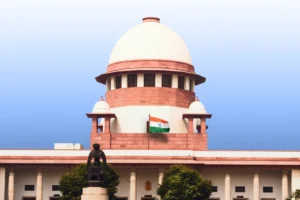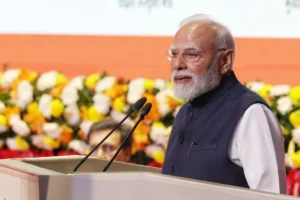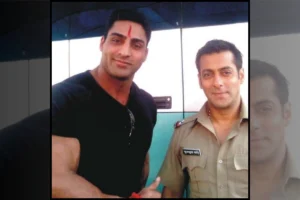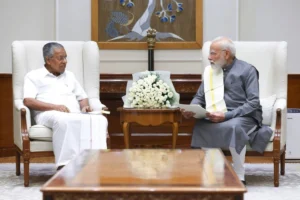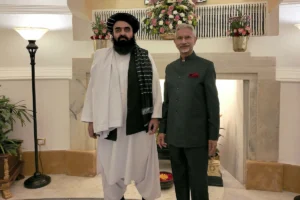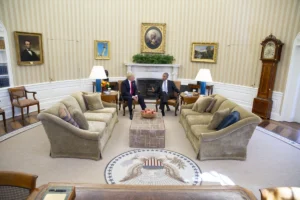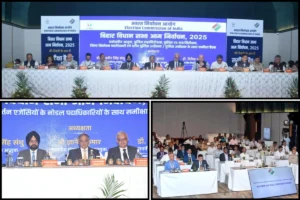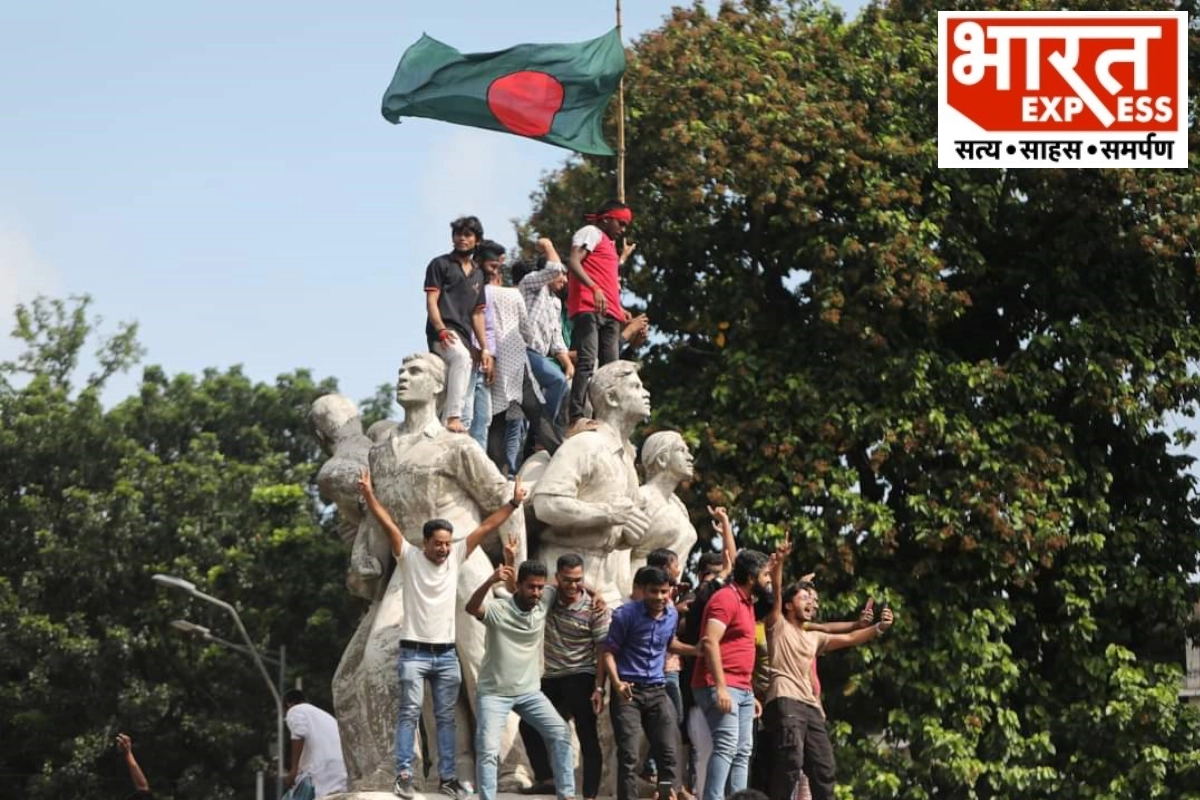
India played a crucial role in securing freedom for Bangladesh. In 1971, East Pakistan faced severe atrocities under Pakistani rule. India stepped in as a key ally and supporter, assisting the Mukti Bahini, the guerrilla resistance group. This led to a confrontation with Pakistan, culminating in a decisive victory for India.
Pakistani General Niazi surrendered, resulting in the creation of Bangladesh. Despite its birth, Bangladesh has endured ongoing political crises and numerous coups. India’s support was pivotal in liberating Bangladesh from Pakistan’s control, earning the country’s deep gratitude.
Creation of Bangladesh
Following the 1965 war, Pakistan experienced a few years of peace. However, by the 1970s, tensions in East Pakistan (now Bangladesh) escalated. The people of East Pakistan began demanding independence, prompting a harsh military response from Pakistan. The Pakistani army inflicted severe brutality on the population.
In response to these conditions, India launched an air attack on the Pakistani army on December 3, 1971. The Mukti Bahini, comprising Bangladeshi military personnel, paramilitary forces, and civilians, mounted a fierce resistance against the Pakistani forces.
India-Pakistan War
With India’s entry into the conflict, the Pakistan Air Force retaliated, initiating a full-scale war between the two nations. By the war’s end, Pakistani General Niazi had to surrender, leading to the division of Pakistan.
On March 26, 1971, Sheikh Mujibur Rahman and the Awami League declared Bangladesh’s independence. India was the first to recognize the new nation, and Sheikh Mujibur Rahman became its first Prime Minister in 1972.
Political Instability and Coups
Sheikh Mujibur Rahman became Prime Minister and later the President in January 1975, establishing a one-party system. His government, however, was short-lived. On August 15, 1975, Rahman was overthrown in a coup led by the army.
During this coup, known as Bangabandhu, Mujibur Rahman and his family were killed. Only his daughters, Sheikh Hasina (former Prime Minister) and Sheikh Rehana, survived. The coup, led by army officers under Khondaker Mostaq Ahmad, marked the beginning of an extended period of military rule.
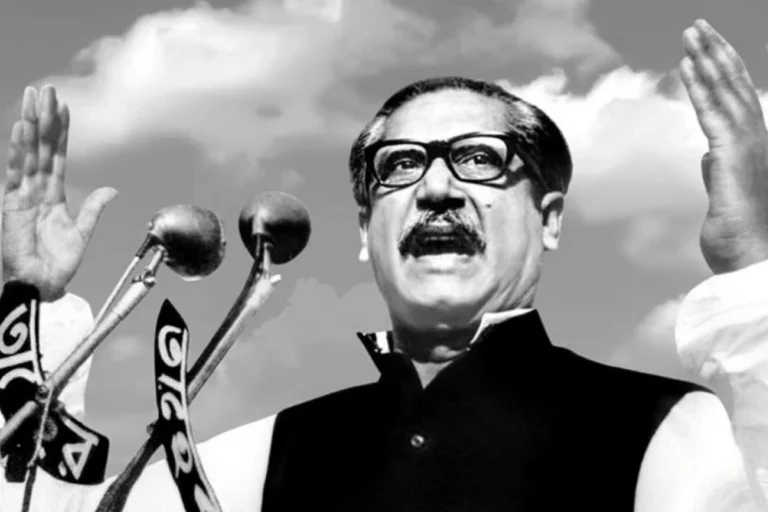
Coups of 1975
The political turmoil didn’t end with Mujibur Rahman’s assassination. In 1975, Bangladesh experienced three coups. Khondaker Mostaq Ahmad’s rule lasted only a few months. On November 3, 1975, Brigadier Khalid Musharraf, a supporter of Mujibur Rahman, overthrew Mostaq Ahmad and declared himself the new army chief. Musharraf arrested Ziaur Rahman, suspecting him of involvement in Mujibur Rahman’s assassination.
The third coup occurred on November 7, 1975, led by leftist military personnel and Jatiya Samajtantrik Dal politicians. During this coup, Brigadier Khalid Musharraf was killed, and Ziaur Rahman emerged as the new President of Bangladesh.
Recent Coup
On August 5, 2024, Sheikh Hasina’s government was overthrown amid violent protests over government job reservations. Hasina resigned and fled to India, ending her 15-year tenure as Prime Minister. Bangladesh Army Chief General Waqar-uz-Zaman announced an interim government and pledged to investigate the violence, urging both the army and police to avoid further conflict.
Also Read: How Indian Security Agencies Execute Daring Rescue of Sheikh Hasina from Bangladesh
To read more such news, download Bharat Express news apps







